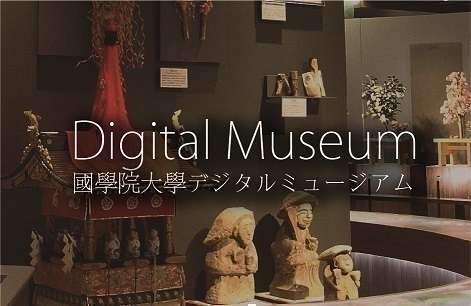- トップ
- Encyclopedia of Shinto
- Tennō matsuri
Encyclopedia of Shinto
| Main Menu: | |
| Links: |
詳細表示 (Complete Article)
| カテゴリー1: | 5. Rites and Festivals |
|---|---|
| カテゴリー2: | Individual Shrine Observances |
| Title | Tennō matsuri |
| Text | "Heavenly king festival." A festival held on the fourth Saturday and Sunday of July at Tsushima Shrine in Tsushima City, Aichi Prefecture. Five "festival cart" boats (danjiribune, see dashi) are floated across on a vast pond that was once Tennō River in a ceremony held Saturday evening. First, the carts are placed in the center of each boat. Numerous lanterns are then hung on the carts in an umbrella-like shape, with another twelve lanterns (representing the twelve months of the year) arranged vertically on the pole that runs up the center. Together with the portable shrine (shin'yo), the five boats form a kami procession (see shinkōsai) that travels from the inlet at Kōdo to the midway resting place (otabisho) on the pond's northern bank. This procession is called the "riverboat festival" (kawafune matsuri). The following day—the day of the main observance—the portable shrine makes its return to the shrine proper in a ceremony called the "morning festival" (asa matsuri). Their lanterns replaced by figurines, the five festival boats again head for the midway resting place, led by the boat from what was once Ichie Village. The youths on the Ichie boat take their positions at the prow, holding ten bamboo tridents adorned with white cotton flags. As they near the resting place, the youths dive into the water with the tridents and swim to get to the riverbank ahead of the boat. They then race each other to be first to the resting place. There, they cut the shimenawa (straw rope used to mark off sacred space) of the so-called kami bridge (shinkyō) and offer their tridents before the shrine. This is called the ichieguruma no shinji ("Ichie cart rite"). This is later followed by a rite at the midway resting place. Five- and six-year-old boys dressed as girls and shouldering drumsticks are carried piggyback off the festival cart boats, which have been brought to shore, and into the resting place. The portable shrine is then returned to the main shrine. Worshippers pray for recovery from illness by touching a wet trident and then rubbing the afflicted part of their bodies. The ancient esoteric "divine reed-floating rite" (miyoshi-nagashi shinji) for sending one's misfortunes away takes place in secret late the following night. In this rite, people wrap up talismans in bundles of reeds roughly sixty centimeters long and then tie the bundles into bunches of three, five, and seven (considered auspicious numbers) with hemp thread. The bunches (miyoshi) are commended to the yakujin (the kami associated with disaster and misfortune) and then floated away down the river. Legends say that epidemics are sure to break out in the area where the reed bundles come to shore, so a "landing ceremony" (chakugansai) is held at the site. Tales about reeds drifting ashore abound in the coastal regions of Aichi Prefecture, and there are even examples of the coast itself being celebrated as Miyoshi Tennō Shrine. A miyoshi rite also used to be held on the fifth day of the sixth lunar month at Atsuta Shrine in Atsuta Ward, Nagoya City, Aichi Prefecture. Many rites have been handed down around Aichi Prefecture in which, as the final esoteric observance of a festival, reeds are floated down the river to keep away the deity of pestilence (ekishin; see goryō shinkō). — Mogi Sakae |




